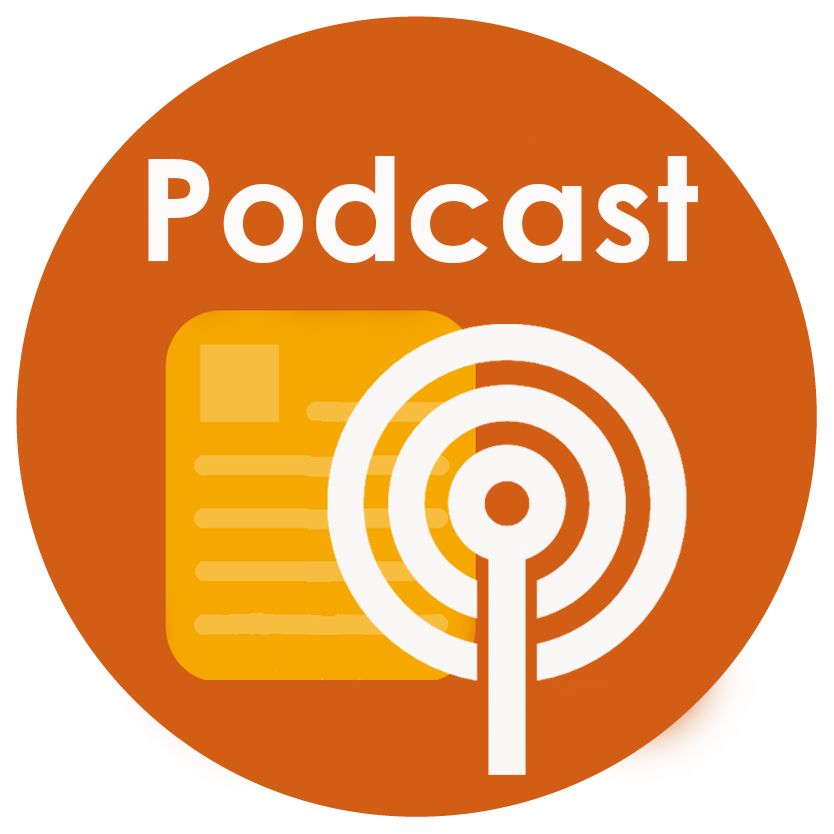
Volume XLIV, No. 3 | February 17, 2022
Teaching Argumentative Writing in the Age of Trigger Warnings and Safe Spaces
In 2016, an opinion article in The New York Times entitled “Trigger Warnings, Safe Spaces, and Free Speech, Too,” was written by Sophie Downes, a then-college student at the University of Chicago. In her article, she described how trigger warnings and safe spaces were necessities on any college campus. She pushed back against the common misconceptions about trigger warnings and safe spaces having a limiting or stifling effect on free speech at college campuses. Downes’ writing sparked a nationwide debate over the issues of trigger warnings, free speech, and educational freedom.
When I originally read the article, I was drawn to the power and strength of Downes’ argument. I was astounded by the fact that this college student’s well-articulated opinion made it all the way to The New York Times. Moreover, she handled complex and nuanced issues adeptly. I knew immediately it was the kind of article I would want to discuss and pick apart with my freshman-year composition students. I did not know if my students would be interested in the subject, but I knew trying to see how Downes developed and organized her thoughts would be a beneficial exercise.
By studying the article, students came to see what it takes to create a fair, balanced, and well-supported argument. They learned that argumentative writing is not about shouting to the reader about what is “right” or “true,” but allowing the reader to consider one’s viewpoint or perspective and giving them the freedom to make connections and draw conclusions of their own.
It was a happy surprise to see students actually gravitate to the subject, once they were familiarized with it. Over the course of several semesters, the article sparked interesting discussions from a variety of perspectives. A few of the questions that were kicked around: Are today’s students being intellectually coddled? How do you maintain respect for the viewpoints of others in a society as diverse as ours? What are the limits of free speech? And, ultimately, What does it take to create an informed, scholarly opinion?
I tried to foster an environment where students felt confident sharing their thoughts on the subject. I made it clear from the outset that it made no difference to me which side of the argument they chose to support, as long as they could defend their stance with evidence. Some agreed with Downes’ findings, while others pushed back against them, and some even sought to find common ground.
It was the kind of thing I was hoping for right from the start. Students were able to have elevated and thoughtful discussions, which rose far above the celebrity name-calling, dogmatic pundits, and shout shows that are all too common today.
Once students felt confident enough in their viewpoint and stance, I tasked them with writing an argumentative position-style essay. By studying Downes’ article, my students gained confidence in articulating their arguments, in the classroom and on the page.
Here Are a Few Things I Learned:
- Students want to explore difficult subjects, but initially lack the tools to do so. Students often come to the classroom not wanting to put their arguments out there in the marketplace of ideas. They aren’t sure how it will go over with their peers and fear they will be criticized.
- Students want time to think about an issue before sharing ideas. I used to hand out the aforementioned article at the start of class, and by the end of class, I expected students to discuss and share their views. While this sometimes yielded a fruitful discussion, oftentimes I was left with crickets chirping. I’ve learned it’s better to hand out an article and explore it a few days later, once students have gathered their ideas on the subject.
- Students want the freedom to express their unique viewpoints. Although I had my own opinion on the subject, I tried to let my perspective take a backseat. I wanted students to come to terms with their own thinking, and so I acted more as a moderator – making sure the tone of discussions remained respectful and supportive.
- Freedom should extend to the written page, as well. Once students saw they had some creative leeway on this assignment and they were free to take the argument anywhere they saw fit, they became much more interested and invested in the subject. Because there was no “right side” of the argument, they didn’t have to fear being penalized for their viewpoint. As such, they thought less about what was going to please the instructor and more about what sources and evidence would be needed to support their ideas.
- Good argumentative writing takes time. For students, the process of pinning down their argument, organizing their ideas, and supporting their viewpoint is difficult. It is typically different from other types of writing they have explored in the past. For these reasons, I’ll typically give at least a week for them to develop this essay. They need that room for their ideas to be refined and eventually blossom on the page.
In setting out with this assignment a few years ago, I knew what I wanted from my students: To see them become cool and level-headed when crafting everyday arguments. I wanted to send them out in the world as compassionate individuals who could examine an issue from multiple angles and be able to put themselves in the shoes of others. I believe these qualities are in short supply today. Even if the above lessons only stick with a handful of students, I feel I have done my part.
Erik Hill, Instructor, English
For more information, contact the author at Davidson-Davie Community College, erik_hill@davidsondavie.edu.
Please review Writing an Innovation Abstracts if you are interested in authoring an Innovation Abstracts for NISOD.



